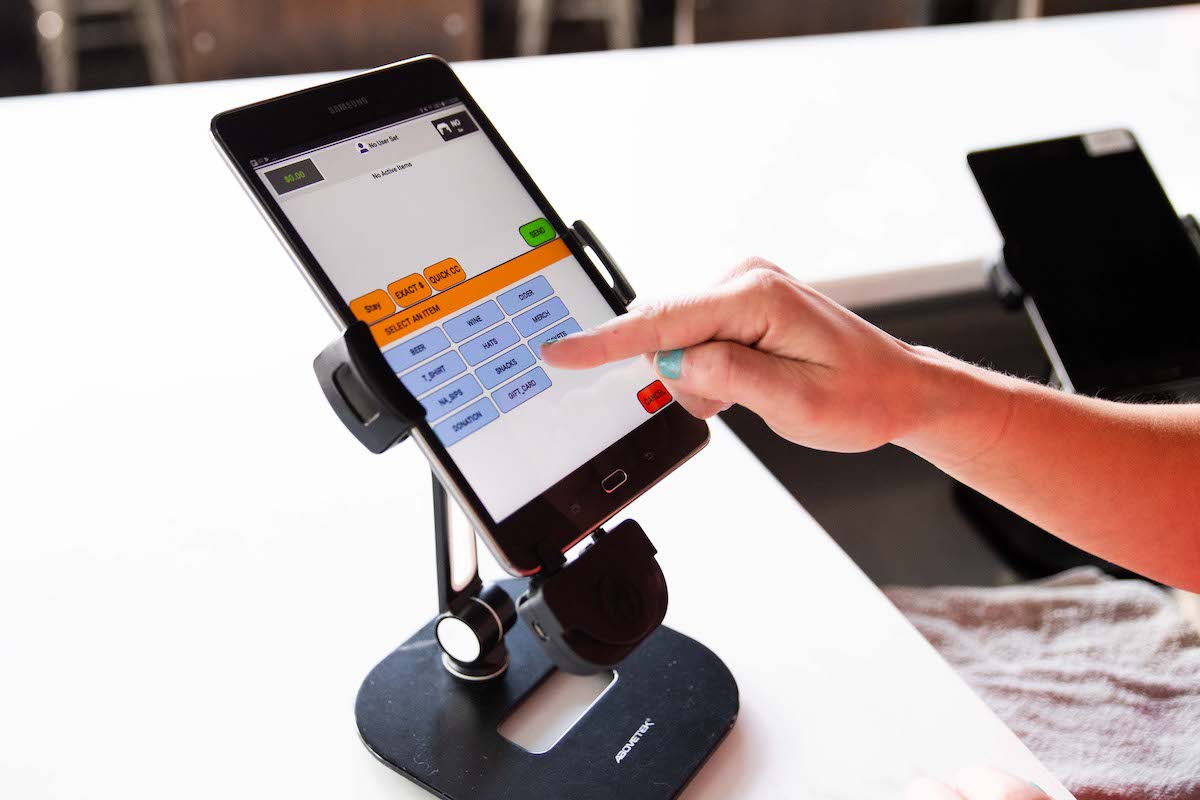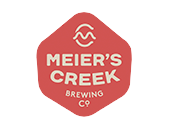Here’s a hot take: the biggest benefits of your POS system come from the inventory management features.
You already know that inventory management is the foundation of any beer, wine, or cider business. Yet, when choosing a POS system, many owners and managers focus primarily on features related to the taproom experience, like ordering, payment processing, and sales reporting.
While all of these are important for their own reasons, the way the system handles inventory — and how that data flows into other systems — is what might save you the most time on a day-to-day basis. Plus, with all that data syncing together, you can glean major business insights that would otherwise require hours of manual data entry and analysis.
Let’s dive deeper into why your POS system is so integral to proper inventory management and how you can keep your inventory data accurate so that it’s actually useful to your team.
POS Sales = Depletion of Inventory

If your business is like many other small-to-medium breweries, wineries, and cideries, you normally sell most of your product through your taproom or tasting room. Plus, many alcohol producers have moved into the ecommerce space in the last year, so choosing a POS system like Arryved that allows you to easily create an online store helps you keep all your direct-to-consumer sales data in one place.
Throughout the day, your bartenders ring up purchases and online orders come in through your ecommerce site. You have all that information in your POS system, but then… what do you do with it? How do you know how much beer, wine, or cider is left to sell in the taproom when finished goods are sold?
Ideally, you’d be able to tell by looking at your inventory management system, which would subsequently help you plan future production and know when to move products out of storage and into your taproom or tasting room. But in order for that to work, you have to get the information about depleted inventory out of one system and into another.
It sounds nice to have all your systems reflect the same information, but your front-of-house team probably doesn’t have the time to spend hours every week entering data into your inventory management software. So how do you make sure everything stays up to date without having to manually reconcile the numbers?
Set It & Forget It
To be sure the information in your POS, inventory, and accounting systems syncs up accurately, look for a POS platform that offers a seamless integration with your inventory management system. Automating this flow of data from your POS and ecommerce transactions will help you maintain error-free inventory counts and COGS numbers, which are vital to making production, sales, and financial decisions for your business.
Plus, when you let software handle the reconciliation for you, you can save hours per week that can be used on something a lot more valuable than punching numbers into a computer. And with an inventory management system that offers a robust accounting integration, you can even automate the creation of journal entries for invoices and payments and keep your balance sheet updated — all without duplicate entry.
Choose Best-in-Class POS & Inventory Solutions for Your Craft Business
When you integrate your POS and inventory management solutions, you can eliminate manual processes and duplicate entries while gaining complete visibility into key metrics that help you focus on growing your business. That’s why Arryved and Ekos are a match made in heaven. This integration allows you to automatically send your end-of-business-day sales transactions from Arryved to Ekos. Ekos immediately depletes your packaged product and merchandise inventory so you can plan future production and accurately allocate inventory to your taproom or tasting room and your online store.
Learn more about the partnership between Ekos and Arryved.
This post was written by Ekos and originally published as a guest blog by our partner Arryved.





